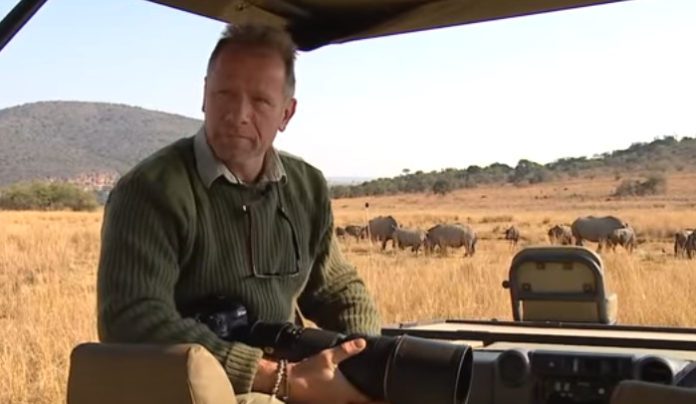Poaching can have a devastating effect on animal populations. National Geographic reports that in just 5 years, the second-largest herd of elephants in African was reduced to 45,000 animals from a count of 110,000. Many other animal population levels have been halved, assuming that poachers have driven a species to extinction already.
There are several solutions to poaching that have been effective over the past decade, helping animal populations be able to start the recovery process. Here is an overview of what has been found to work.
1. The establishment of local conservancy committees.
How the committee operates depends on local needs and poaching behaviors. In some African nations, communities have created a serious of animal guards or wildlife scouts that will directly confront poachers when they are spotted. A few communities have even given these guards and scouts the power to arrest poachers on the spot.
2. Create designated wildlife conservation areas.
A wildlife conservation area for animals is much like what a national park is to fossil fuel exploitation. By creating a specific boundary of protection for animals, local authorities give themselves more power to immediately deal with a poaching risk. Of course an animal isn’t going to know where the boundary happens to be, but its existence gives additional tools that normally wouldn’t be available to local law enforcement.
3. Make the sale of animal products completely illegal.
As of June 3, 2016, there is an almost total ban in the United States for the commercial trade of African elephant ivory. New rules prevent the export and sale of ivory across state lines, restricts ivory trophy imports to two per year, per hunter, and requires lawful import. By making it more difficult to access animal products, it lessens the potential market that poachers have to sell their products. It won’t completely eliminate poaching, but it does give another tool to law enforcement officials.
4. Encourage tourism activities that do not require hunting.
Nambia has created a unique conservation opportunity that has generated a massive amount of income without including hunting. By creating local enterprises which bring tourists to a lodge, campsite, or traditional village, they have been able to increase local revenues by over $160,000 per year in the last decade alone. This finances local jobs, provides money for local services, and reduces the need for households to resort to poaching.
5. Operate conservancies as a network instead of as an individual entity.
In Kenya, when conservancies are linked together, reports indicate a 43% decline in poaching activities in just 24 months. Research also finds that communities which have extensively linked conservancies in place see significantly higher numbers of animals and much lower illegal killing levels compared to lands that do not have these designations.
With some proactive work and ideas like these, the solutions to poaching can be cost-effective and sometimes even profitable. This further reduces the need for poaching to occur, creating a positive cycle of behavior that leads to higher animal population numbers.
Crystal Lombardo is a contributing editor for Vision Launch. Crystal is a seasoned writer and researcher with over 10 years of experience. She has been an editor of three popular blogs that each have had over 500,000 monthly readers.


















